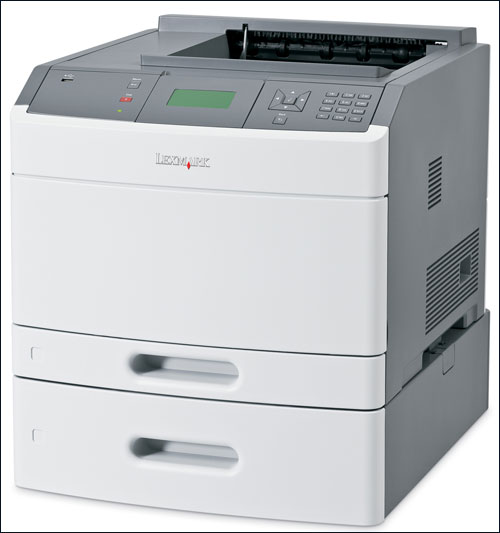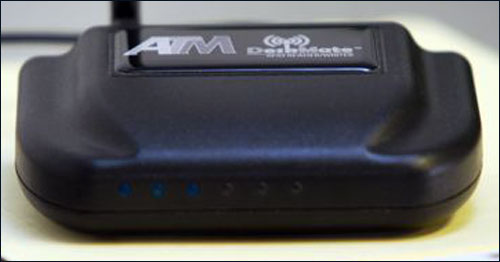RFID-based document-tracking solutions have become commonplace in such locations as legal and medical offices. But one law firm has taken that solution to a new level, by tagging and tracking every sheet of paper for its most sensitive files, in order to ensure that it knows where ever page is located, and that nothing is ever misplaced. The solution was a collaborative effort provided by printer manufacturer Lexmark, using Plus Technologies‘ tag-identification software, as well as software and RFID readers supplied by ATM Software Solutions.
From the onset, it was a highly confidential implementation aimed at providing an efficient method for printing documents, each page containing an RFID tag encoded with a unique identifier. The law firm, which has asked to remain unnamed, creates documents in courtrooms or elsewhere, prints those documents and then tracks them as they are moved around its offices and are eventually destroyed. The firm produces thousands of such highly sensitive pages daily, and sought to track each page individually.
With the system in place, a law firm employee can use a computer to create a document, including a title indicating that document’s level of confidentiality, and then direct it to be printed on the Lexmark printer. Plus Technologies software, residing on the law firm’s database, intercepts the print stream, says Mike Visser, Plus Technologies’ president, and to ascertain each document’s confidentiality level. The software opens the document to determine the number of pages contained within, and then creates a unique serial number for each page.
The ID numbers are stored along with a listing of each page in the software, and the document is then printed on the Lexmark T654 laser printer with a built-in RFID reader-encoder and multiple paper drawers—one for creating documents with embedded RFID tags, the others for non-RFID documents. In the case of a confidential page that has been assigned a unique identifier, the printer employs media provided by eAgile, consisting of paper containing Avery Dennison AD-224 passive EPC Gen 2 ultrahigh-frequency (UHF) RFID tags, which are similar in size and appearance to a small Band-Aid, and are affixed near the top of the page.
As the paper feeds through the machine during the printing process, each sheet passes an RFID antenna, and the printer then uses the Plus Technologies software to encode the appropriate ID number onto the tag. The Lexmark T654 model also prints that ID as a header and footer on the page, according to Rick Kallup, Lexmark’s industry consultant. In addition, the page’s ID number is picked up by ATM Software Solutions’ MasterTrak Plus software, which manages the location tracking of tagged pages.
Once a document’s pages are printed and encoded, staff members place the pages within a folder, moving them from one workstation (such as a secretary’s desk) to another, and, when no longer needed, to the shredder for destruction. ATM Software Solutions provided its DeskMate desktop reader—a four-inch-square device with an integrated reader antenna and a USB connection to a computer—according to Alan McGaffin, the ATM product manager at EPD LLC. (the holding company that owns ATM), and the former president and founder of ATM Tech Solutions, which developed MasterTrak Plus and DeskMate. The reader typically captures the ID number from each tag within a range of approximately 3 feet. Therefore, a stack of papers would be read on a secretary’s desk when placed near the interrogator. ATM software interprets each read and stores data regarding where each page’s tag was read, as well as when this occurred, thereby providing the law firm with a record of where each page has been, and when it was moved.
In addition, the firm positioned a DeskMate reader near its shredder so that a record could be created for the time and date that each document was destroyed.
ATM also provided the law firm with an ATID AT570 handheld RFID reader that could be used to conduct inventories, or to search for a specific missing page or file, by inputting an ID number.
The solution was piloted for 30 days at a limited capacity, Kallop says, and is now used for all confidential documents. The system was developed over the course of several months, Visser reports, during the first quarter of 2012.





